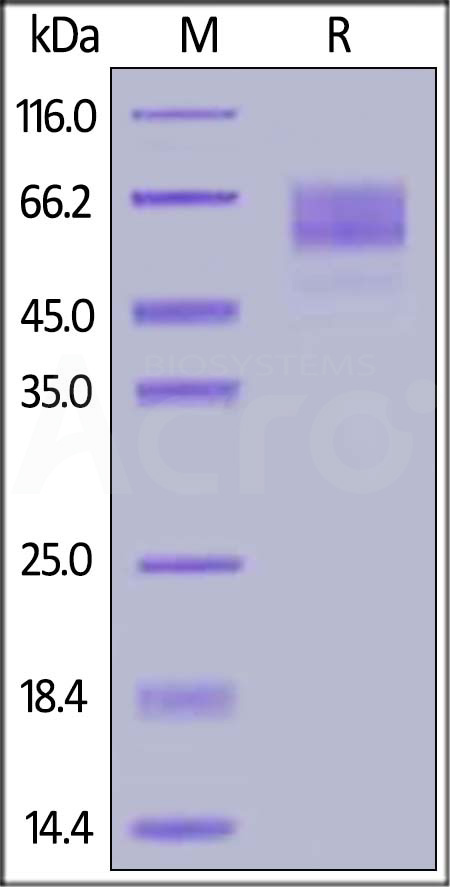
Leave message
Can’t find what you’re looking for?
Fill out this form to inquire about our custom protein services!
Inquire about our Custom Services >>


































 Limited Edition Golden Llama is here! Check out how you can get one.
Limited Edition Golden Llama is here! Check out how you can get one.  Limited Edition Golden Llama is here! Check out how you can get one.
Limited Edition Golden Llama is here! Check out how you can get one.
 Offering SPR-BLI Services - Proteins provided for free!
Offering SPR-BLI Services - Proteins provided for free!  Get your ComboX free sample to test now!
Get your ComboX free sample to test now!
 Time Limited Offer: Welcome Gift for New Customers !
Time Limited Offer: Welcome Gift for New Customers !  Shipping Price Reduction for EU Regions
Shipping Price Reduction for EU Regions
| Cat . Non | Espèces | Description du produit | Structure | Pureté | Caractéristique |
|---|---|---|---|---|---|
| CA1-H5225 | Human | Human CADM1 / IGSF4A Protein, His Tag |  |

|

Loaded Human CRTAM, His Tag (Cat. No. CRM-H52H3) on AR2G Biosensor, can bind Human CADM1, His Tag (Cat. No. CA1-H5225) with an affinity constant of 51.1 nM as determined in BLI assay (ForteBio Octet Red96e) (Routinely tested).
This web search service is supported by Google Inc.









